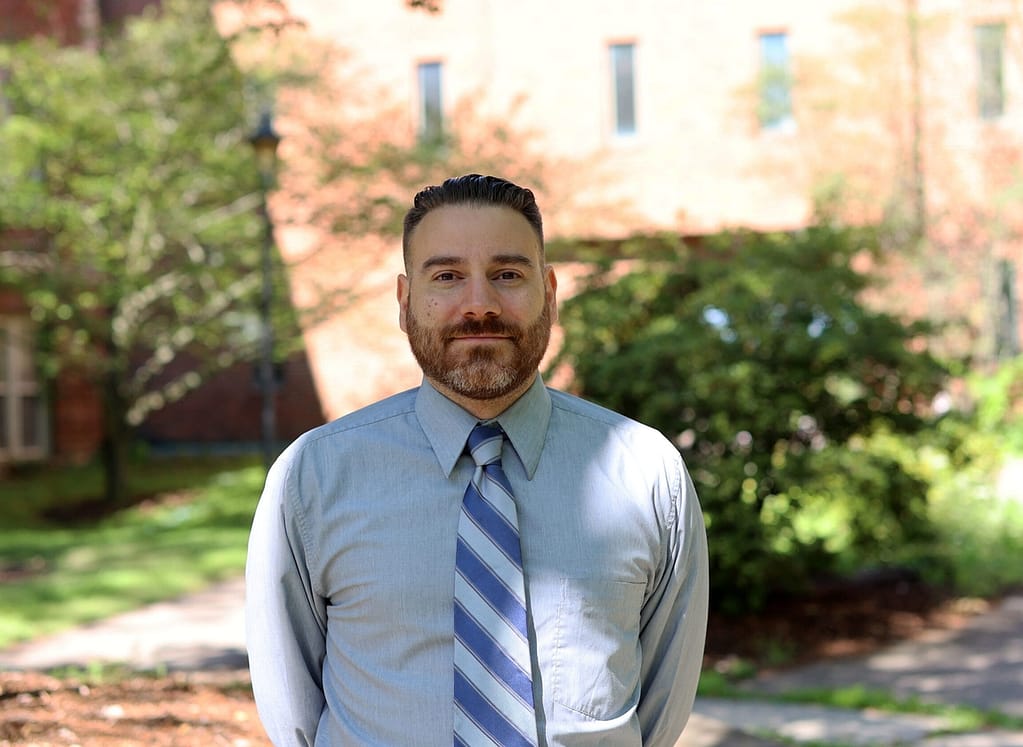Christopher Dieni Assistant Professor of Chemistry

Bio
Doctor of Philosophy (PhD), Chemistry, Carleton University — Ottawa, Ontario, Canada
Bachelor of Science (BSc), Biochemistry, Concordia University — Montreal, Quebec, Canada
Courses I Teach
Biochemistry I (CH-325)
Biochemistry II (CH-327)
Comprehensive Biochemistry (CH-321)
Organic Chemistry II Lab (CH-207L)
Areas of Expertise
Biochemical regulation, biochemistry, enzyme biochemistry, enzymology, insulin resistance, insulin signaling, metabolic biochemistry, metabolism, nanopharmacology, nanotoxicology, pharmacology, physiology, protein biochemistry, stress physiology, toxicology.
To learn more about Professor Dieni, go to https://leopard-online.ca/
Current Research
REVERSAL OF INSULIN RESISTANCE: The insulin receptor signaling pathway (IRSP) is arguably the most important — and most complex — signal transduction pathway responsible for regulating the metabolism and physiology of animal cells. The most recognizable molecular pathology arising from IRSP dysfunction is type 2 diabetes; however, insulin resistance is also implicated in Alzheimer’s dementia, as well as various cancers (both as a cause and effect), among other diseases. We are currently using a molecular pharmacology approach to explore and characterize a family of naturally-occurring chemical compounds known as catechols — which are naturally present in various foods associated with ameliorating type 2 diabetes and metabolic syndrome, such as spicy foods, antioxidant roots, and teas.
DEVELOPMENT OF PLASMONIC NANOMATERIAL OR SUPRAMOLECULAR BIOSENSORS: Nanostructures and supramolecular structures are wonderous things — depending on their proximity to each other, a complex phenomenon known as surface plasmon resonance induces quantifiable spectral shifts and a visible colour changes. If these nanostructures or supramolecules can be specifically “tuned” in their proximal response to biomacromolecules of interest, they can be used to develop simple and rapid spectrophotometric detection schemes for markers of health and disease — without the need for complex instrumentation or convoluted lab procedures.